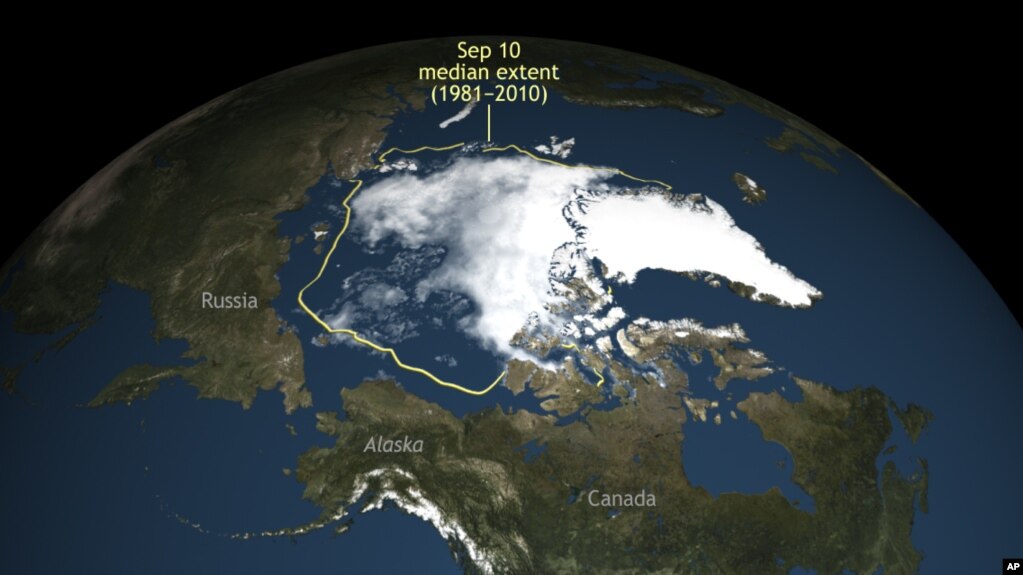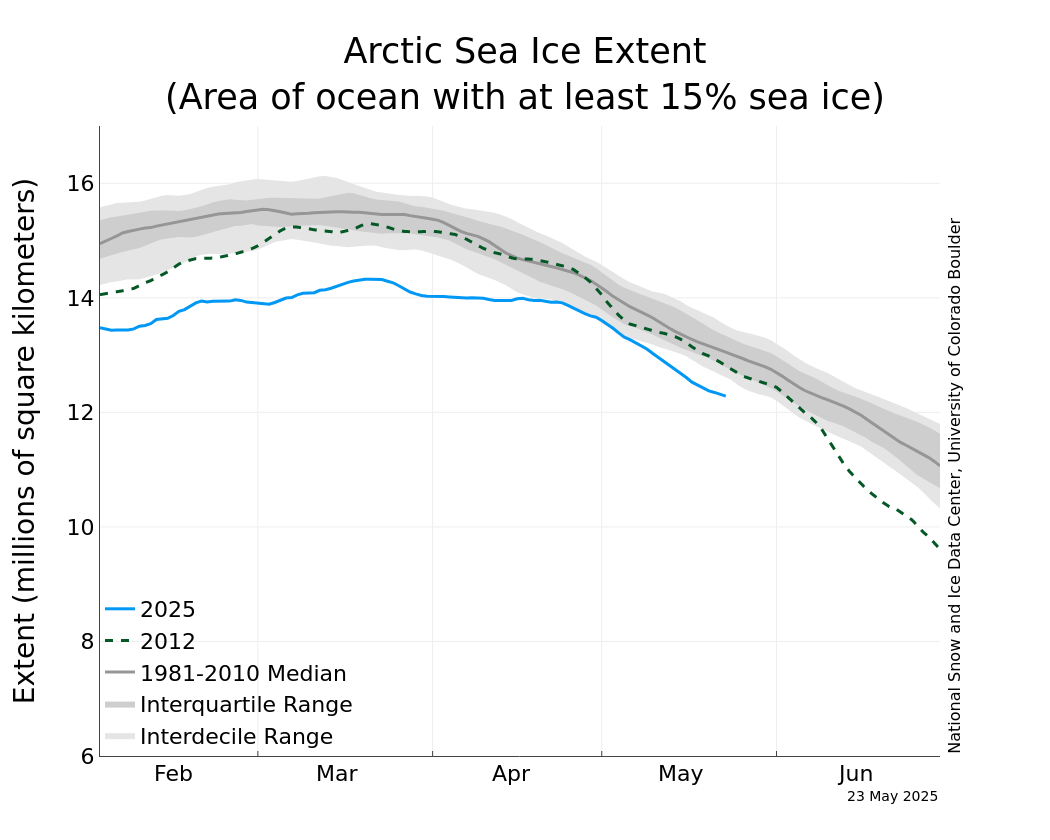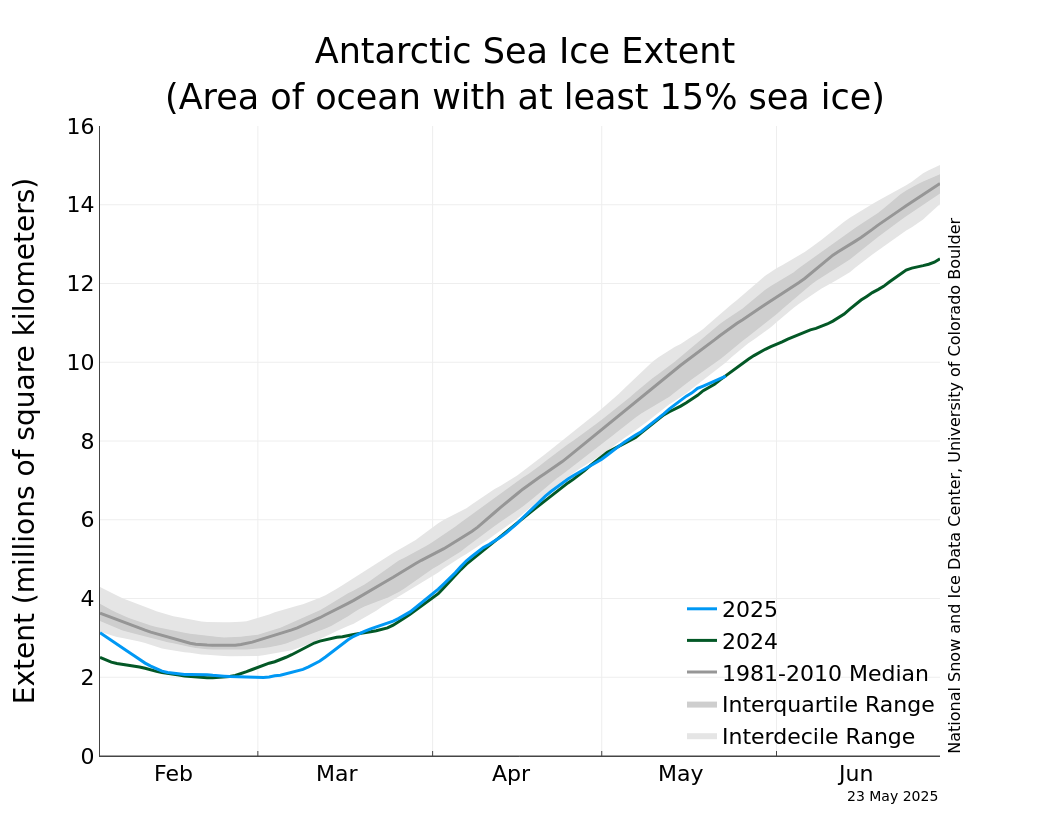The Global Warming Lie | Socyberty
The Global Warming Lie
Notice the diminished stories about global warming of late? Unfortunately for global warming proponents, Mother Nature has simply refused to comply with what Al Gore and his countless ilk described as fact. Ah, but facts are funny things
Summer 2009 has been for the most part, rather cool in many parts of the United States the East Coast in particular. And while some cities such as Seattle experienced a week or so of abnormally hot weather, this rather mild summer was the rule rather than the exception. What then, happened to those dire projections of global doom n gloom that were being made ten years ago?
Lets review a bit of temperature data taken from weatherunderground for some cities across America and see how temperatures from this past year stack up shall we?
New York: 2008-2009 mean temperature of 55 degrees. This is a full two degrees cooler than the mean temperature for New York ten years ago. And guess what its a full three degrees cooler than the mean temperature of sixty years ago. Global warming in New York? Nope not even close. Its actually getting downright chilly.
St. Louis: 2008-2009 mean temperature of 57 degrees. This is a full one degree cooler than the mean temperature of ten years ago. And similar to New York, St. Louis temperatures for this past year have been a full two degrees cooler than those sixty years ago. Again, no global warming in yet another American city.
Seattle: 2008-2009 mean temperature of 53 degrees. Now Seattle had some record breaking warm temperatures this summer, so one would think perhaps this year would prove warmer on average than previous years. Well, that most recent median temperature of 53 degrees for Seattle is the same as ten years ago, and in fact, one degree cooler than fifty years ago. It would appear Seattle has no time for global warming either.
Miami: 2008-2009 mean temperature of 77 degrees. Now global warmers have long warned that places like sun-friendly Miami will suffer the worst from global warming that old retired folks may very well burst into flames from the heat. Thankfully, like the previous cities cited, Miami too is making fools of the wacko warmers. The average temperature of 77 degrees this past year is the same as ten years ago and is in fact a degree cooler than twenty years ago, and the same as sixty years ago.
From coast to coast, the story is the same global warming is a hoax.
Why then are Democrat leaders in Congress, along with the Obama administration, attempting to move forward with ridiculous Cap n Trade legislation? Why decimate the American economy at the cost of thousands per year for American families, in the name of highly unproven and unlikely junk science?
Why indeed
____
The Global Warming Lie | Socyberty
The Global Warming Lie
Notice the diminished stories about global warming of late? Unfortunately for global warming proponents, Mother Nature has simply refused to comply with what Al Gore and his countless ilk described as fact. Ah, but facts are funny things
Summer 2009 has been for the most part, rather cool in many parts of the United States the East Coast in particular. And while some cities such as Seattle experienced a week or so of abnormally hot weather, this rather mild summer was the rule rather than the exception. What then, happened to those dire projections of global doom n gloom that were being made ten years ago?
Lets review a bit of temperature data taken from weatherunderground for some cities across America and see how temperatures from this past year stack up shall we?
New York: 2008-2009 mean temperature of 55 degrees. This is a full two degrees cooler than the mean temperature for New York ten years ago. And guess what its a full three degrees cooler than the mean temperature of sixty years ago. Global warming in New York? Nope not even close. Its actually getting downright chilly.
St. Louis: 2008-2009 mean temperature of 57 degrees. This is a full one degree cooler than the mean temperature of ten years ago. And similar to New York, St. Louis temperatures for this past year have been a full two degrees cooler than those sixty years ago. Again, no global warming in yet another American city.
Seattle: 2008-2009 mean temperature of 53 degrees. Now Seattle had some record breaking warm temperatures this summer, so one would think perhaps this year would prove warmer on average than previous years. Well, that most recent median temperature of 53 degrees for Seattle is the same as ten years ago, and in fact, one degree cooler than fifty years ago. It would appear Seattle has no time for global warming either.
Miami: 2008-2009 mean temperature of 77 degrees. Now global warmers have long warned that places like sun-friendly Miami will suffer the worst from global warming that old retired folks may very well burst into flames from the heat. Thankfully, like the previous cities cited, Miami too is making fools of the wacko warmers. The average temperature of 77 degrees this past year is the same as ten years ago and is in fact a degree cooler than twenty years ago, and the same as sixty years ago.
From coast to coast, the story is the same global warming is a hoax.
Why then are Democrat leaders in Congress, along with the Obama administration, attempting to move forward with ridiculous Cap n Trade legislation? Why decimate the American economy at the cost of thousands per year for American families, in the name of highly unproven and unlikely junk science?
Why indeed
____
The Global Warming Lie | Socyberty



